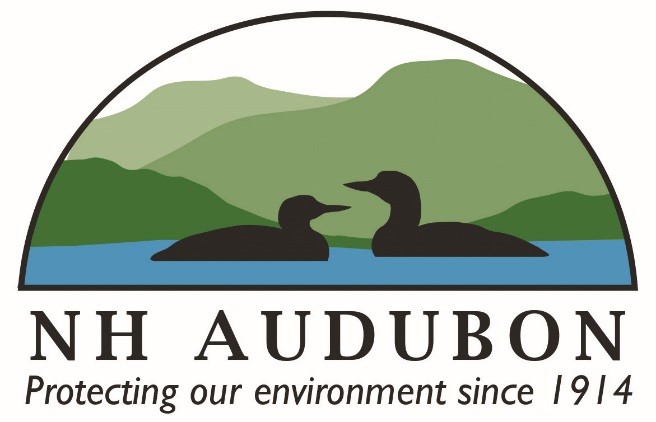WATER QUALITY
[ Back to Benefits ]
We rely on clean water for drinking, washing, food production, and entertainment. Watersheds with grasslands have high water quality. Grasses have extensive root systems that can reach over six feet below the soil surface and can recover nutrients from the soil that would otherwise be lost or leached into the groundwater, affecting those who drink well water (nrcs.usda.gov). Tall grasses filter sediment and nutrients from run-off, providing cleaner surface water such as streams and ponds.
When compared to many urban and agricultural uses, properly managed grasslands yield both surface and ground water that is relatively low in contaminants (usda.gov). Replacing row crops such as corn and soybeans with grass and hay could significantly reduce sedimentation, pollution runoff, and flooding (landstewardshipproject.org). In addition, these grasses grow well on low fertility soils, although it may take two growing seasons for a grassy area to fully establish itself (umd.edu).
Sod crops, like hay and grasses, also keep soil erosion to a minimum (omafra.gov). Their vegetative canopy reduces the impact of rainwater on the soil and serves as a windbreak to reduce wind erosion. Their root systems stabilize the soil, reduce soil loss, and actually help build soil organic matter and structure. Reduced erosion contributes to enhanced water quality. Beyond improving water quality, controlling soil erosion will sustain or improve crop yields, reduce drainage costs, retain nutrients and chemicals where applied, and reduce hazards associated with working eroded soil.
It is imperative to keep New England hay fields in production. The Bobolink Project offers a unique opportunity to positively impact the condition of our water by encouraging existing hay land to remain in production. As support for the project grows, it is possible that farmers will also convert presently unproductive land to hay, increasing the water quality benefits for our communities, our farmers, and our wildlife.






